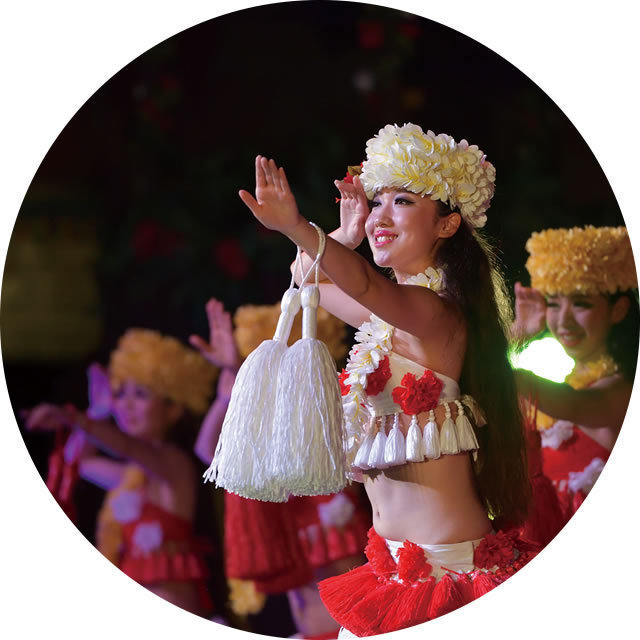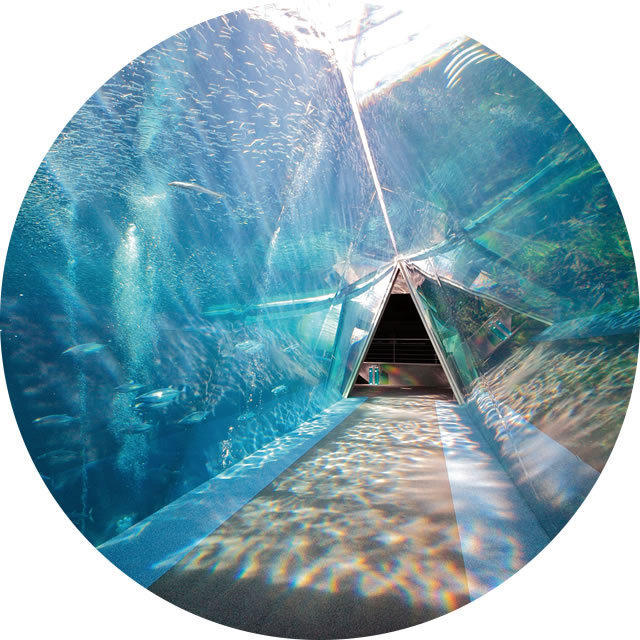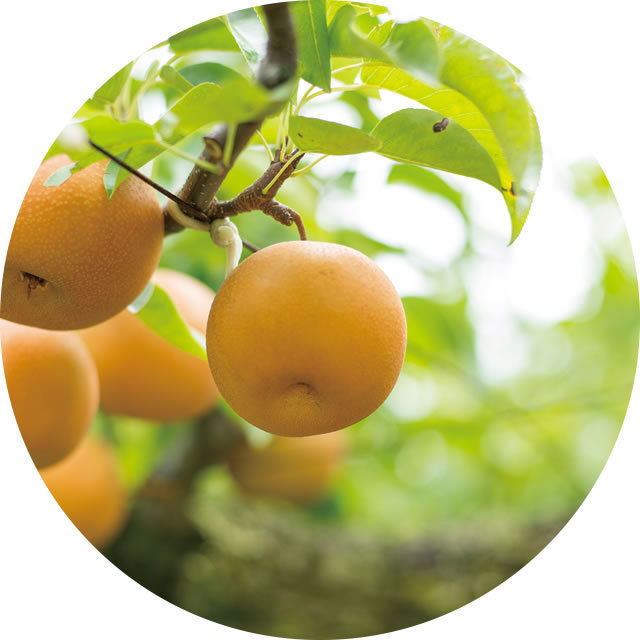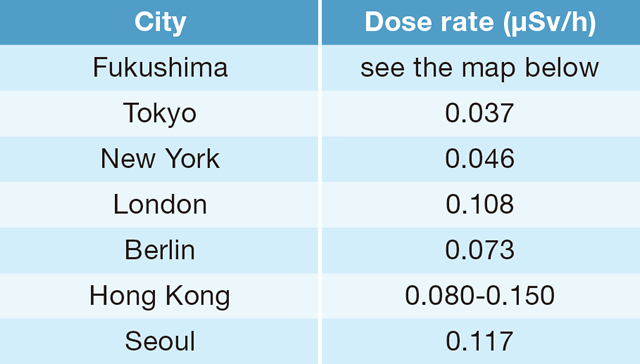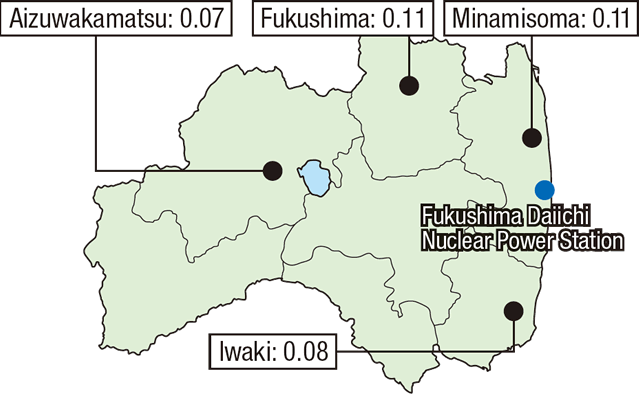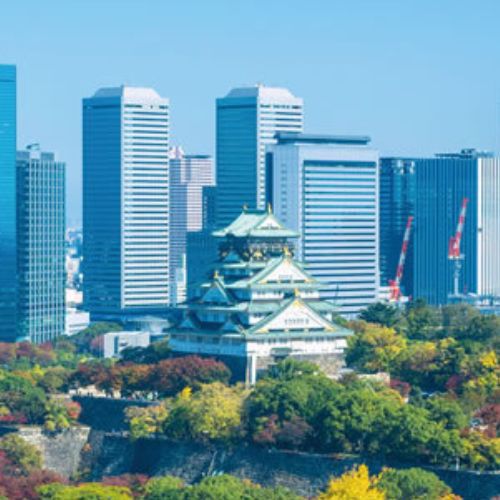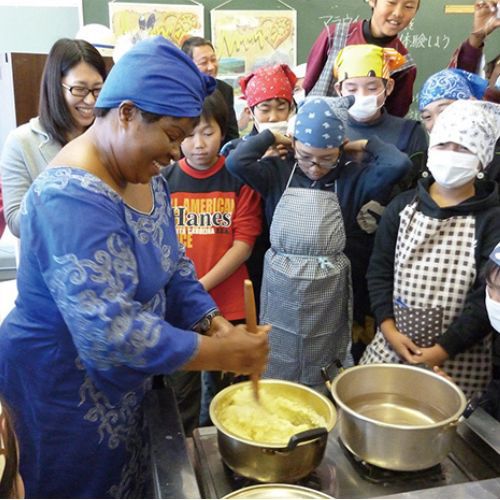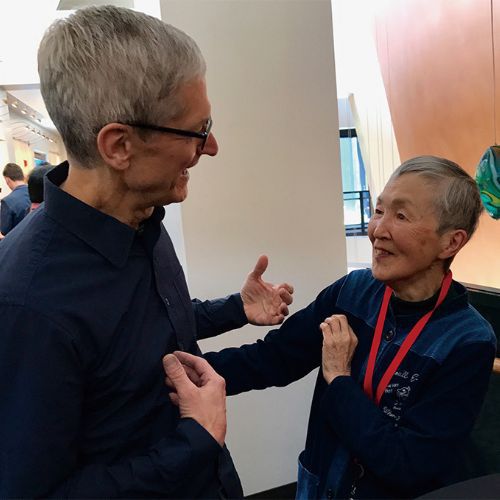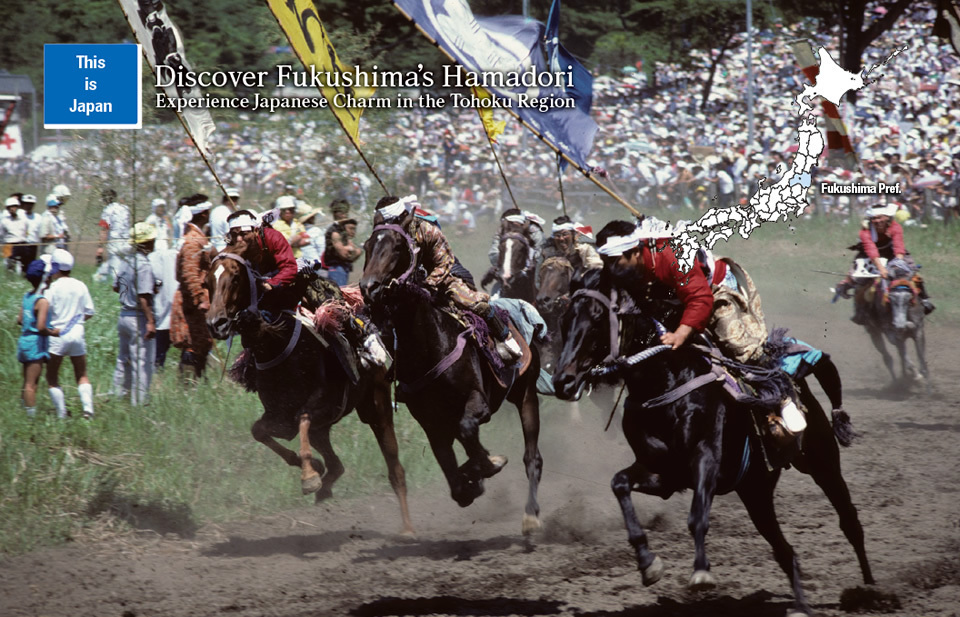
Events
The Soma Nomaoi festival, which takes place July 23 through 25, has its origins in the tenth century, when samurai Taira no Masakado caught wild horses and made offerings of them to the gods. With a history stretching over a thousand years, the festival has been designated a national important intangible folk culture asset. Scenes reminiscent of warring states unfold one after another, beginning with a ceremony held at the ruins of Soma Nakamura Castle before the supreme commander heads off to battle, followed by some 500 armor-clad samurai horsemen participating in cavalcades on horseback, horse racing with armored horsemen, and battles in which horsemen scramble to capture flags.


























